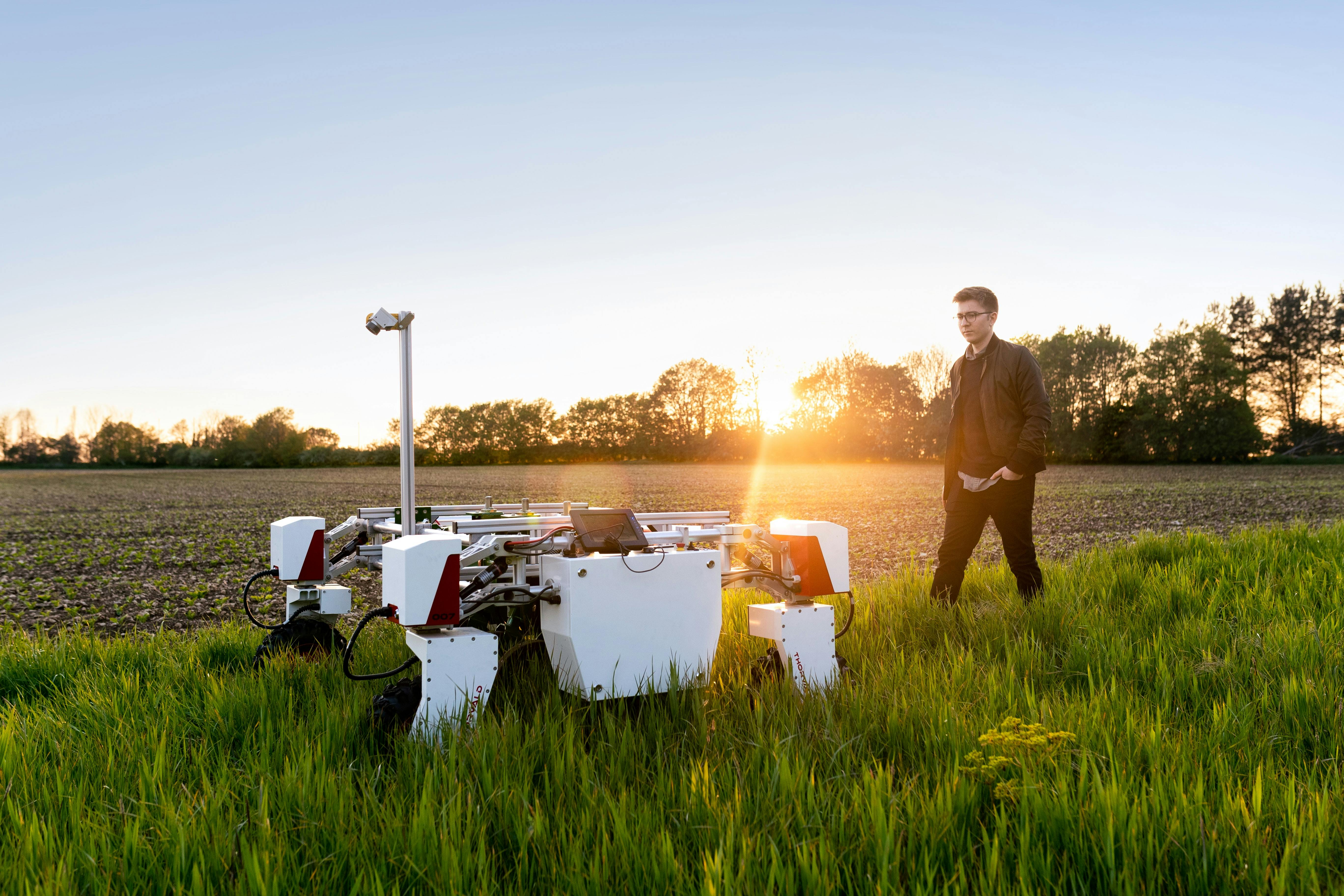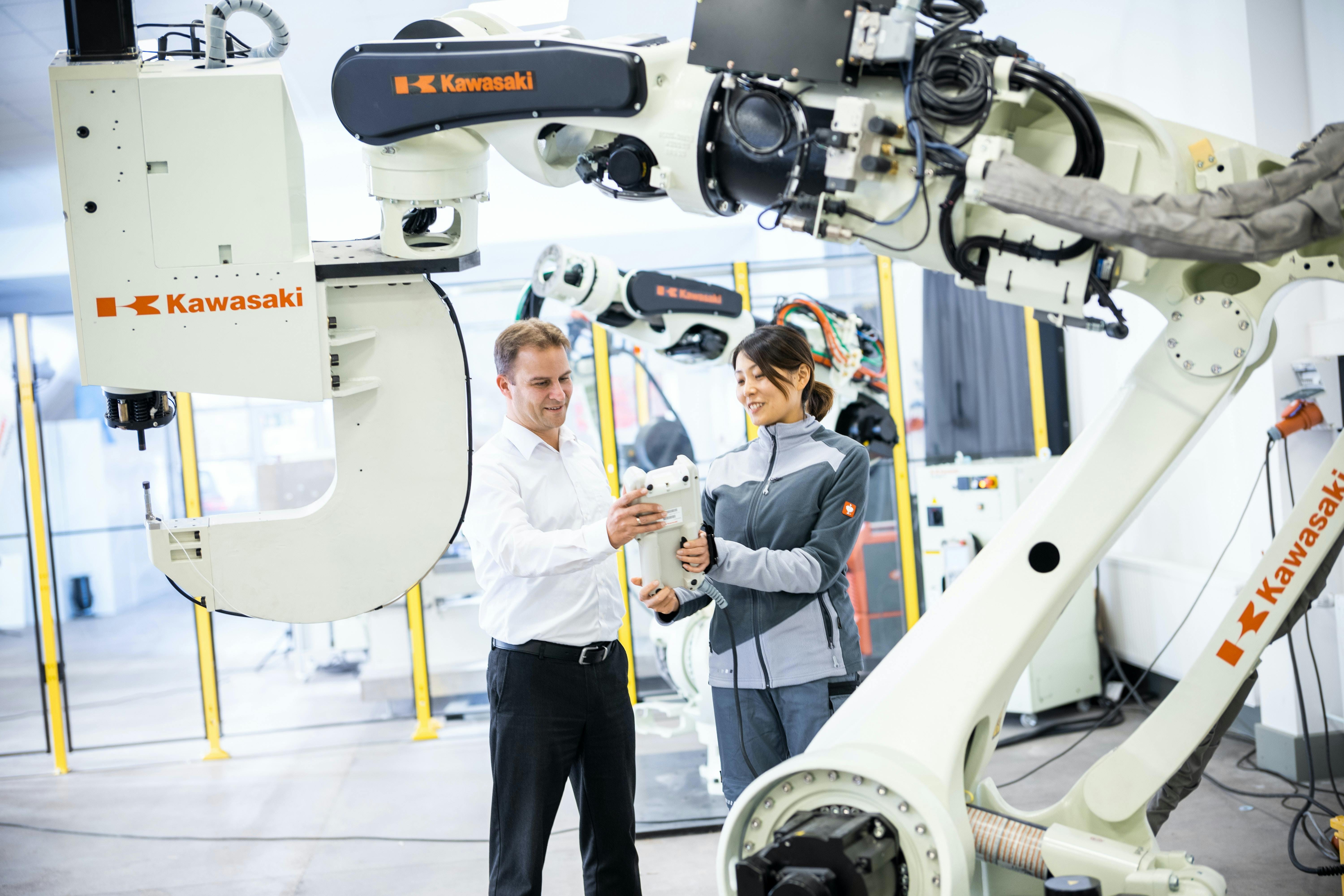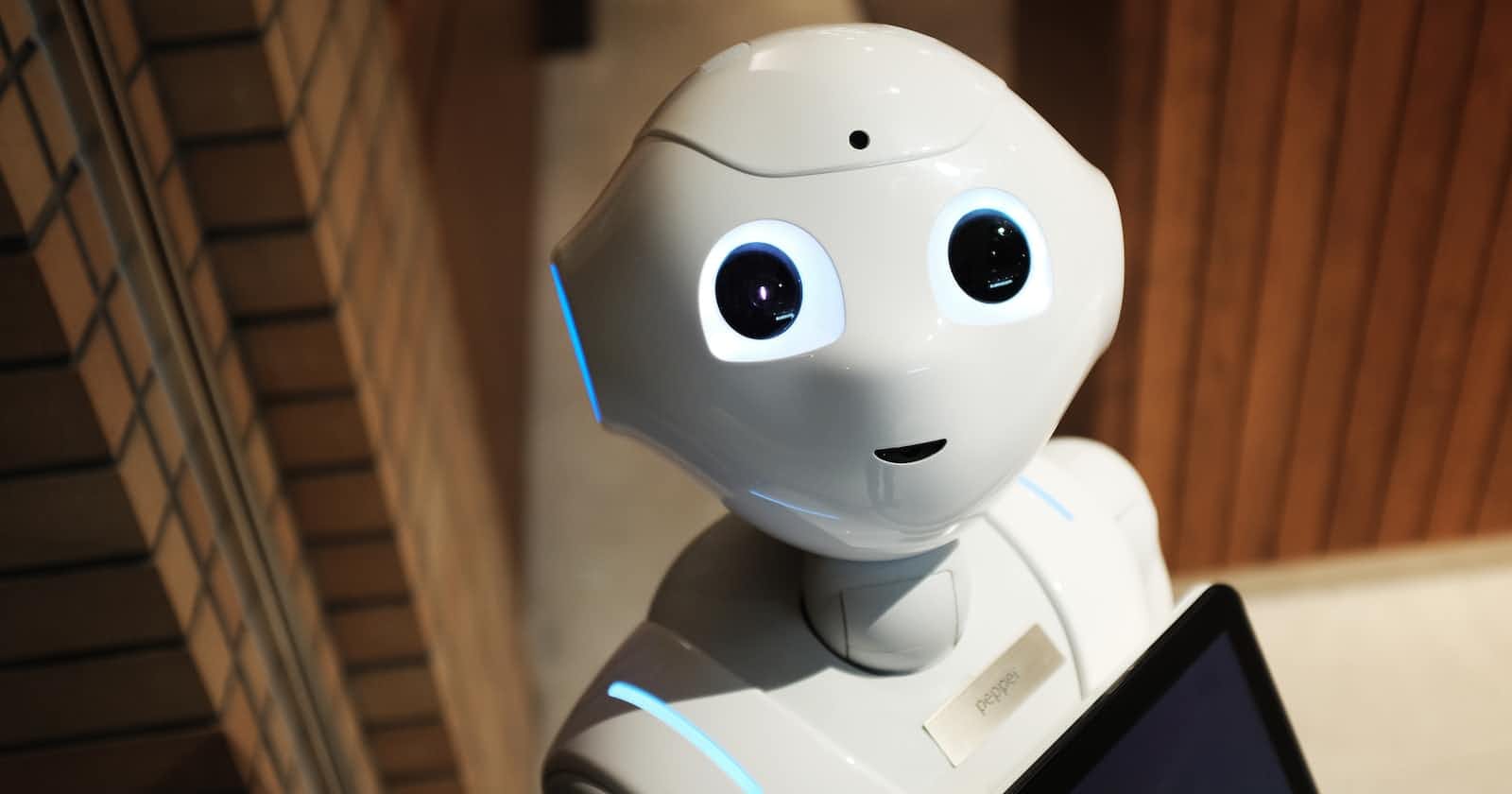Robots are no longer a thing of science fiction. They are becoming increasingly common in our daily lives, from manufacturing to healthcare. Robotics is the science of designing intelligent machines that can perform tasks that would otherwise require human intervention. In this article, we will delve deeper into the history of robotics, the different types of robots, and how they are controlled and powered. We will also explore the relationship between robotics and AI and discuss the latest advancements in this exciting field.
The History of Robotics
The history of robotics dates back to ancient times, when there are stories of mechanical men and automatons. However, it wasn't until the Industrial Revolution that machines were first used to perform complex tasks. The first industrial robot was built in the 1950s by George Devol, who is considered the father of robotics. This robot, known as the Unimate, was used to perform tasks such as welding and painting in factories.
Looking ahead, the future of robotics is exciting and full of potential. Advancements in AI and machine learning are enabling robots to learn and adapt to their environment, making them more intelligent and versatile. With the rise of soft robotics and the development of more advanced sensors, robots are becoming more flexible and adaptable, allowing them to perform tasks that were previously impossible.
Types of Robots
Today, there are numerous types of robots, each designed for specific purposes. Understanding the various types of robots and their functions is essential in comprehending the role of robotics in our society. Here are some of the most common types of robots:

Industrial Robots: These robots are commonly used in manufacturing plants to perform tasks such as welding, painting, and assembly. They are often large and can perform repetitive tasks that would otherwise be dangerous or time-consuming for human workers.
Service Robots: These robots are designed to perform tasks that benefit humans, such as cleaning, delivery, and security. Examples include the Roomba robot vacuum, security robots used in shopping malls and airports, and even hospitality robots that can serve drinks or food.
Medical Robots: Medical robots are used in healthcare settings to perform surgeries and other medical procedures. They are typically equipped with advanced sensors and precision instruments to provide accurate and precise movements. Examples include the da Vinci surgical system and the CyberKnife.
Military Robots: These robots are used by the military for reconnaissance and surveillance, as well as for bomb disposal and other dangerous tasks. Military robots are equipped with advanced sensors and cameras and are often remotely operated to minimize the risks to human soldiers.
Robot Sensors
Robot sensors are essential components of a robot, allowing it to interact with the environment and accurately perceive and respond to its surroundings. Some of the most common sensors used in robots include:
Ultrasonic Sensors: Ultrasonic sensors are used to detect objects and measure distances. They work by emitting high-frequency sound waves and measuring the time it takes for the sound waves to bounce back.
Infrared Sensors: Infrared sensors are used to detect heat and motion. They work by emitting infrared light and detecting the amount of light reflected.
LIDAR Sensors: LIDAR sensors use lasers to create 3D maps of the robot's surroundings. They are commonly used in autonomous vehicles and drones to help navigate their surroundings.
Robot Control Systems
Robot control systems are responsible for controlling the movements and behavior of robots. There are various types of control systems used in robotics, including:
Open-Loop Control Systems: Open-loop control systems are the simplest type of control system. They are pre-programmed and do not incorporate feedback from sensors.
Closed-Loop Control Systems: Closed-loop control systems use feedback from sensors to adjust the robot's behavior. This type of control system is more accurate and can make adjustments in real time.
Programmatic Control Systems: Programmatic control systems rely on pre-programmed instructions to control the robot's behavior.
Sensor-Controlled Systems: Sensor-controlled systems use sensors to adjust the robot's behavior in real-time processing the data, they send commands to the robot's actuators, allowing it to interact with its environment. These systems are often used in advanced robots such as drones and autonomous vehicles to help them navigate their surroundings and avoid obstacles.
Robotic systems can be powered by various sources, such as hydraulic, electric, and pneumatic systems. Hydraulic systems use pressurized fluid to generate force, while electric systems rely on electric motors to move. Pneumatic systems use compressed air to generate force, which is commonly used in robots that require quick and precise movements.
Robotics and AI
Another application of robotics and AI is in the field of autonomous vehicles, where robots are used to navigate and control vehicles. With the help of machine learning algorithms, these vehicles can learn from their surroundings and adapt to changes in real time. This technology has the potential to revolutionize the transportation industry and reduce accidents caused by human error.
In the field of healthcare, robots equipped with AI technology are being used to diagnose and treat patients. These robots can analyze vast amounts of patient data, identify patterns, and make recommendations based on their findings. They can also assist doctors during surgeries, performing precise movements and reducing the risk of complications.
As robotics and AI continue to evolve, there are concerns about the impact they may have on the workforce. While some jobs may be replaced by robots, there are also opportunities for new jobs to be created in fields such as robotics design, maintenance, and programming.
Robotics in Manufacturing
Robotic arms are also used to move heavy objects and transport materials, reducing the risk of injury to human workers and improving workplace safety.
In the food production industry, robots are used for tasks such as packaging and sorting. These robots can handle delicate items with care, ensuring that they are not damaged during the manufacturing process. They can also work efficiently around the clock, increasing production speed and reducing costs.

In addition to improving efficiency, robotics in manufacturing has also led to the development of new products and technologies. For example, 3D printing, a technology that uses robots to create three-dimensional objects, has revolutionized the manufacturing industry by allowing manufacturers to create prototypes and products quickly and efficiently.
Robotics has transformed the manufacturing industry, enabling manufacturers to improve efficiency, reduce costs, and develop new products and technologies. While there are challenges to implementing robotics systems, the benefits to the industry and society as a whole are significant. As technology continues to evolve, it will be interesting to see how robotics will continue to shape the manufacturing industry in the future.
Advancements in Soft Robotics
Soft robotics is an emerging field in robotics that uses soft and flexible materials to create robots that are more versatile and adaptable than their rigid counterparts. Unlike traditional robots, which are often limited in their movements, soft robots can move in more complex ways, allowing them to navigate challenging environments and perform tasks that were previously impossible.
While soft robotics is still a relatively new field, the advancements made in recent years have shown great promise for the future of robotics. As technology continues to advance, soft robots will likely become even more versatile and adaptable, opening up new possibilities for their use in a variety of industries and settings.
Prerequisites for Robotics: Getting Started with Robotics
To get started in robotics, you need to have a good understanding of the basics of electronics, programming, and mechanical engineering. There are various online courses and tutorials available that can teach you these skills, as well as many resources available for robotics enthusiasts, including online communities and forums.
If you're interested in robotics, the best way to get started is to start building your robot. There are many DIY robotics kits available that are designed for beginners and can help you learn the basics of robotics in a fun and engaging way.
Conclusion

In conclusion, robotics is an exciting and rapidly evolving field that has the potential to transform various industries and aspects of our daily lives. With advancements in technology, we can expect robots to become even more intelligent, versatile, and adaptable, enabling them to perform complex tasks that were previously impossible. Whether you're interested in manufacturing, healthcare, or search and rescue, there are many opportunities in robotics for those with the skills and passion to pursue them.
At Cling Multi Solutions, we use the latest technologies to deliver high-end products tailored to your specific needs. Whether you need custom app development, web design, ERPs, or digital marketing, our team of experts is committed to helping your business grow and succeed. Contact us at clingmultisolutions.org, +918264469132, or info@clingmultisolutions.org to learn more about how we can help you achieve your goals.
"Robotics and other combinations will make the world pretty fantastic compared with today." ~ Bill Gates


